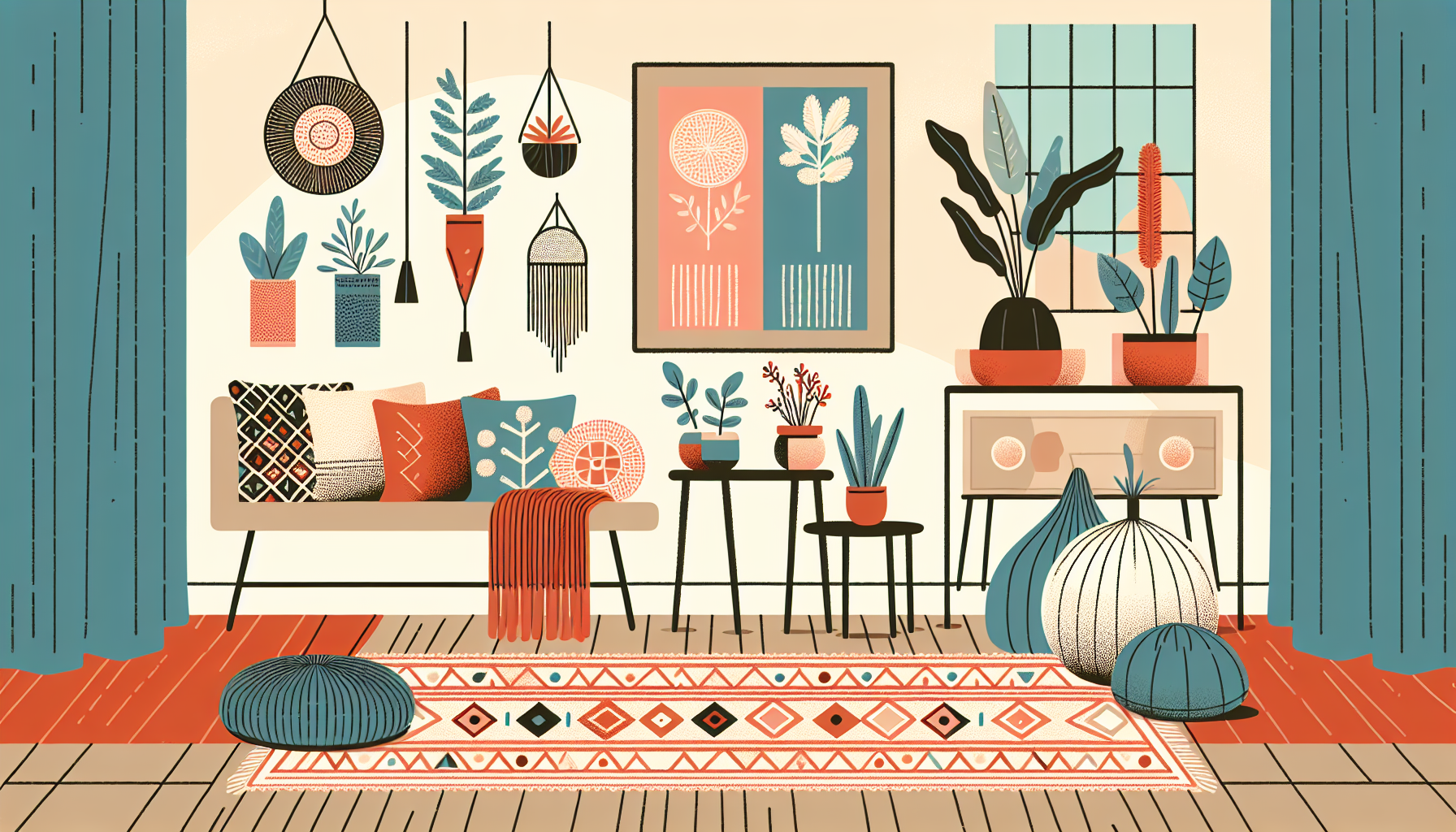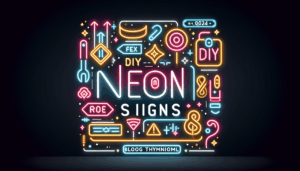Adding texture to a flat room can transform an uninspired space into a cozy and inviting environment. Texture not only enhances visual interest but also creates a tactile experience that can make a room feel more dynamic and alive. Here are some easy and effective ways to introduce texture to your flat room, no matter the style or budget.

1. Layer Your Textiles
One of the simplest ways to add texture is through textiles. Start with your base layers, such as curtains, rugs, and upholstery. Opt for fabrics with different textures—think linen, velvet, cotton, and wool. Here are some easy ideas:
– Throw Pillows: Mix and match different materials and patterns. A combination of knitted, silk, and faux fur pillows can add depth to your sofa.
– Rugs: Layering rugs can create a rich, textured look. Try placing a smaller, patterned rug on top of a larger, solid-colored one.
– Blankets and Throws: Drape a chunky knit throw over your sofa or armchair. It not only adds warmth but also a beautiful texture.
2. Incorporate Natural Elements
Natural materials can bring an organic texture to your flat room. Consider incorporating the following:
– Wood: Wooden furniture or accents, like a coffee table or shelves, can add warmth and contrast to flat surfaces. Look for pieces with a distressed finish for added character.
– Plants: Adding greenery not only provides a pop of color but also introduces a range of textures. Choose plants with varying leaf shapes and sizes, such as a spiky cactus alongside a broad-leaved monstera.
– Stone and Clay: Decorative items made from stone or clay, such as vases or sculptures, can introduce a rustic touch. These materials can add a sense of earthiness and balance to your decor.
3. Play with Wallpaper
Wallpaper is a fantastic way to add texture and pattern to your walls. Consider these options:
– Textured Wallpaper: Look for wallpaper with raised patterns, fabric textures, or even 3D designs. These can create a stunning focal point without overwhelming the space.
– Accent Walls: Create an accent wall with a bold textured wallpaper. This can serve as a backdrop for your furniture and artwork, enhancing the overall aesthetic.
– Peel and Stick Options: If you’re renting or want a temporary solution, peel and stick wallpaper is a great choice. It comes in various textures and is easy to apply and remove.
4. Use Art and Wall Decor
Artwork and wall decor can significantly impact the texture of a room. Consider the following:
– Mixed Media Art: Choose pieces that incorporate different materials, like wood, fabric, or metal. This adds dimension and visual interest.
– Textured Frames: Use frames with a distressed or ornate finish to add depth to your artwork. Consider shadow boxes that can hold small objects or textiles.
– Gallery Wall: Create a gallery wall with a mix of framed art, mirrors, and wall hangings. Vary the frame styles and materials for a more textured look.
5. Enhance with Lighting
Lighting can create texture through shadows and highlights. Here are some tips:
– Layered Lighting: Use a mix of overhead, task, and ambient lighting to create depth. Consider using pendant lights with unique textures or patterns.
– Textured Lampshades: Opt for lampshades made from materials like woven wicker or fabric to add a subtle texture when the light shines through.
– Candles: Incorporate candles in varying heights and textures. Consider using holders made from stone, glass, or metal to enhance the tactile experience.
6. Furniture Choices
The furniture you select can also contribute to the overall texture of your room. Here are some ideas:
– Mix Materials: Choose furniture pieces that blend various materials, such as a glass coffee table with a wooden base or a leather chair with metal accents.
– Curvy Shapes: Furniture with rounded edges can soften a space and introduce a different tactile experience compared to traditional square or rectangular pieces.
– Vintage Finds: Look for vintage or antique pieces that have unique textures and finishes. These can serve as conversation starters and add character to your room.
7. Incorporate Textured Accessories
Don’t forget about the small accessories that can add texture to your flat room. Consider these options:
– Baskets: Woven baskets can serve as stylish storage solutions while introducing a natural texture. Use them to hold throws, magazines, or plants.
– Decorative Objects: Use objects made from varied materials, such as ceramic bowls, metal sculptures, or stone coasters, to enhance the textural diversity of your space.
– Textured Table Linens: Incorporate table runners or placemats with different textures for a dining area that feels more inviting and layered.
8. Create a Focal Point
Sometimes, a single textured element can make a significant impact. Consider these ideas:
– Statement Furniture: Choose one statement piece, such as a velvet sofa or a chunky wooden coffee table, to serve as the focal point of the room.
– Textured Panels: Install textured wall panels behind a bed or sofa to create a dramatic backdrop that enhances the overall texture of the space.
– Fireplace or Feature Wall: If you have a fireplace, enhance it with textured stone or brick. If not, consider adding a feature wall with a unique texture to draw attention.
Conclusion
Adding texture to a flat room is all about layering materials, colors, and forms to create a rich and inviting environment. By incorporating textiles, natural elements, artwork, lighting, furniture choices, and accessories, you can easily transform your space. Remember, the key is to mix various textures for a harmonious blend that reflects your personal style. With these easy tips, you’ll create a room that feels as good as it looks. Happy decorating!
AI-Assisted Content Disclaimer
This article was created with AI assistance and reviewed by a human for accuracy and clarity.






Leave a Reply